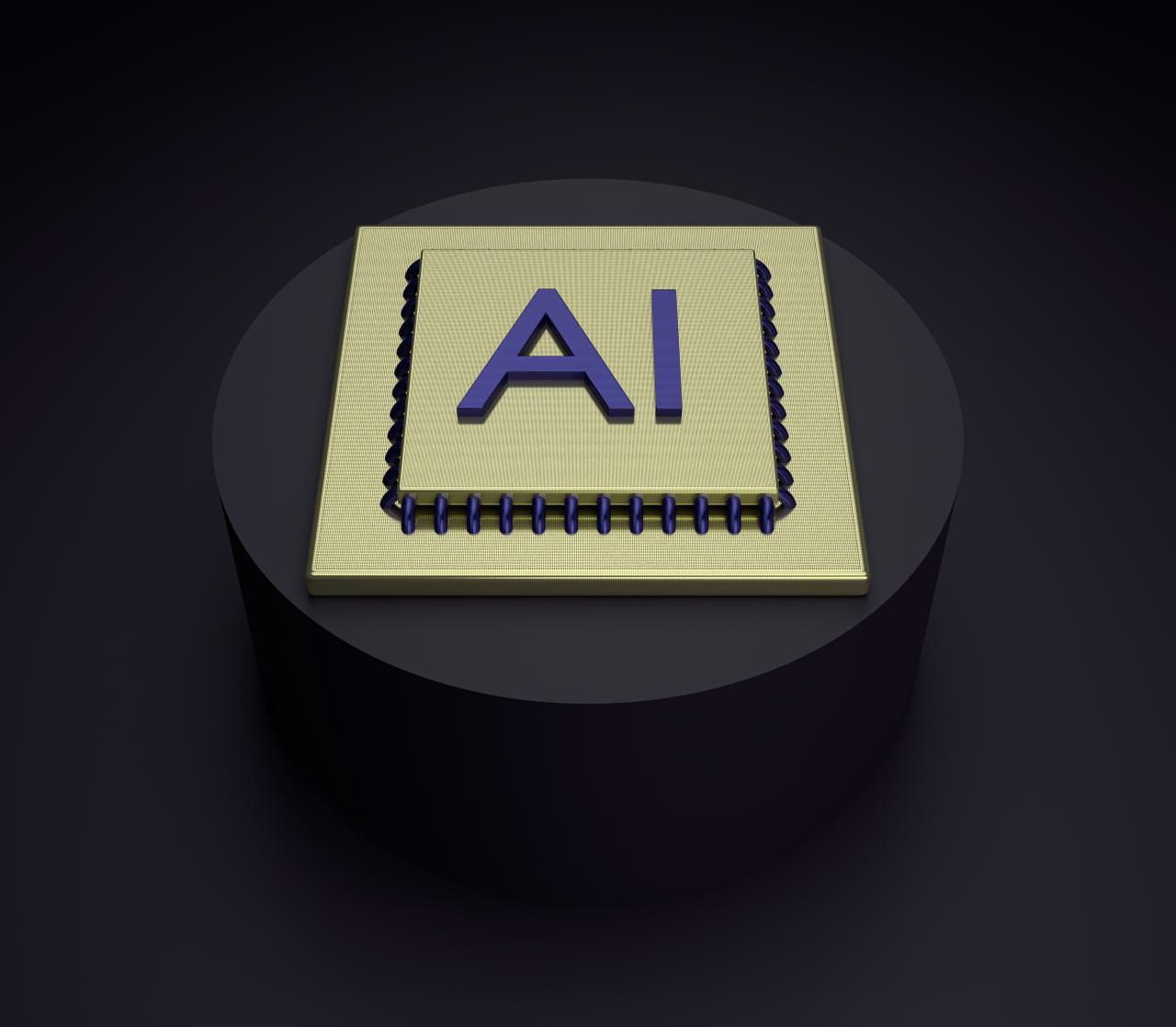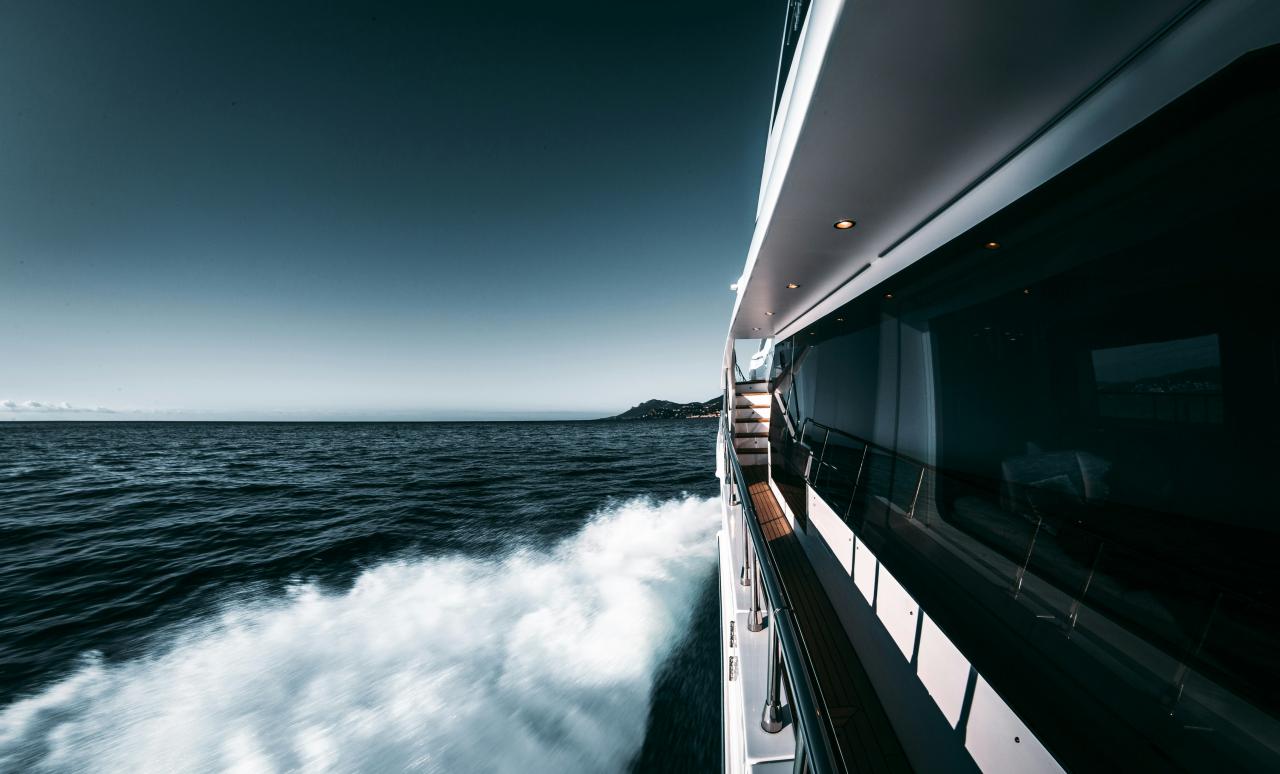Autonomous Boats: The Future of Navigation?

Recent technological advancements have opened new horizons in many sectors, including navigation. Among these innovations, autonomous boats are gaining increasing interest. These vessels, capable of navigating without direct human intervention, promise to revolutionize the maritime industry. This article delves into what autonomous boats are, their potential benefits, the challenges they face, and their possible impact on the future of navigation and yachting.
What is an Autonomous Boat?
An autonomous boat is a vessel equipped with advanced artificial intelligence systems, sensors, GPS, and communication technologies that allow it to navigate without human intervention. These boats can plan their routes, avoid obstacles, and make real-time decisions based on environmental conditions and collected data. There are several levels of autonomy, ranging from captain assistance to fully autonomous navigation.
Key Components of Autonomous Boats
Detection and Sensor Systems
Sensors are crucial for autonomous navigation. They include radars, lidars, cameras, and sonars. These devices enable the vessel to detect and identify obstacles, other ships, and weather conditions in real-time.
Artificial Intelligence and Machine Learning
AI is the brain of autonomous boats. Machine learning algorithms analyze sensor data and make instant decisions for navigation, collision avoidance, and route optimization. These systems continuously learn and improve from navigation experiences.
GPS and Navigation Systems
GPS and other global positioning technologies ensure precise vessel location at all times. Coupled with electronic marine charts, these systems enable efficient route planning and accurate navigation.
Communication and Connectivity
Autonomous boats are equipped with advanced communication systems to stay connected with shore control centers, other vessels, and maritime safety services. This connectivity is crucial for real-time updates and operational coordination.
Levels of Autonomy
Autonomous boats can be classified into different levels of autonomy:
Level 1: Captain Assistance
The vessel uses automated systems to assist the captain, but human supervision is necessary.
Level 2: Semi-Autonomy
The boat can navigate autonomously under certain conditions, but a captain must be present to take over if needed.
Level 3: Conditional Autonomy
The vessel can handle most situations autonomously, but a captain can intervene when required.
Level 4: High Autonomy
The boat is almost entirely autonomous, needing human intervention only in exceptional situations.
Level 5: Full Autonomy
The vessel can navigate and make all decisions without any human intervention.
Examples of Autonomous Boats
Several prototypes and models of autonomous boats are already under development or testing. For example, DARPA's "Sea Hunter" is an autonomous vessel designed for military and surveillance missions. The "Mayflower Autonomous Ship" is a research vessel designed to cross the Atlantic without a human crew, collecting scientific data along the way. These examples demonstrate the diverse potential of autonomous boats in different maritime fields.
Benefits of Autonomous Boats
Enhanced Safety
Safety is a major advantage of autonomous boats. Human error is responsible for the majority of maritime accidents. Autonomous systems, by eliminating these errors, can significantly reduce the risk of accidents. Advanced sensors and AI allow for obstacle detection, vessel tracking, and quicker and more precise responses than humans.
Efficiency and Cost Reduction
Autonomous boats can optimize their routes to save fuel and reduce operational costs. AI algorithms analyze sea conditions, currents, and winds to determine the most efficient route. Additionally, the absence of a crew on board reduces costs related to salaries, food, and logistics. These savings can make maritime transport more competitive and sustainable.
Accessibility and Flexibility
Autonomous boats can democratize access to navigation and yachting. People without maritime skills can own and use these vessels safely, opening new markets for the industry. Autonomous pleasure boats can offer a smooth and stress-free navigation experience, attracting a broader and more diverse clientele.
Challenges of Autonomous Boats
Regulation and Social Acceptance
Implementing autonomous boats requires changes in maritime regulations. Authorities must develop new rules and standards to govern this technology. Moreover, social acceptance is a major challenge. Sea users, including traditional captains and crews, must learn to trust autonomous systems and coexist with them.
Security and Cyberattacks
Autonomous boats are vulnerable to cyberattacks. Hackers can target navigation and communication systems, compromising vessel safety. Ensuring cybersecurity is crucial to protect these vessels from potential threats. Manufacturers must invest in advanced security technologies and robust defense protocols.
Technological Complexity
Developing and maintaining autonomous systems is technically complex and costly. Manufacturers must overcome significant technical challenges to make these boats viable and reliable on a large scale. Regular updates and maintenance of software and hardware are essential to ensure the proper functioning of autonomous vessels.
Impact of Autonomous Boats on the Yachting Industry
Innovations in Yacht Design
Integrating autonomous systems into yachts could lead to revolutionary new designs. With less need for crew space, designers can focus on enhancing comfort and amenities for passengers. Yachts could become more spacious and offer advanced features, such as integrated entertainment systems and luxurious accommodations.
Improved Navigation Experiences
Owners of autonomous yachts could enjoy smoother navigation and access to more remote destinations without needing an experienced crew. Autonomous systems can handle the technical aspects of navigation, allowing owners and guests to relax and fully enjoy their journey. This evolution could transform the yachting experience, making it more accessible and enjoyable.
New Business Opportunities
Autonomous boats open new business opportunities for shipyards, navigation system manufacturers, and technology companies. Developing and producing autonomous systems can drive innovation and economic growth. Additionally, maintenance and updating services for autonomous systems represent a rapidly expanding market.
Autonomous boats represent a significant advancement that could transform the future of navigation and yachting. Despite the challenges, the potential benefits in terms of safety, efficiency, and accessibility are substantial. The maritime industry must now work together to overcome technical and regulatory obstacles to fully realize the potential of this revolutionary technology. Ultimately, autonomous boats could become the norm, ushering in a new era of safer, more efficient, and more accessible navigation for all.




